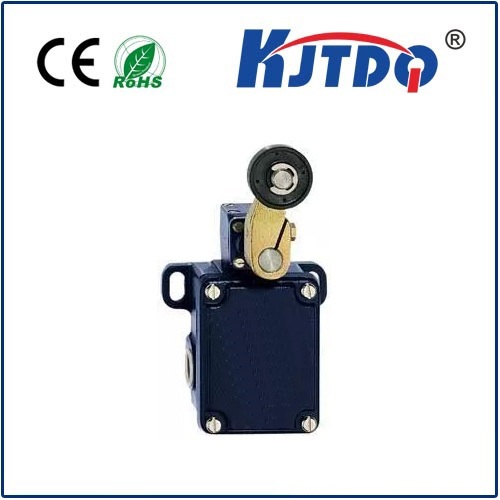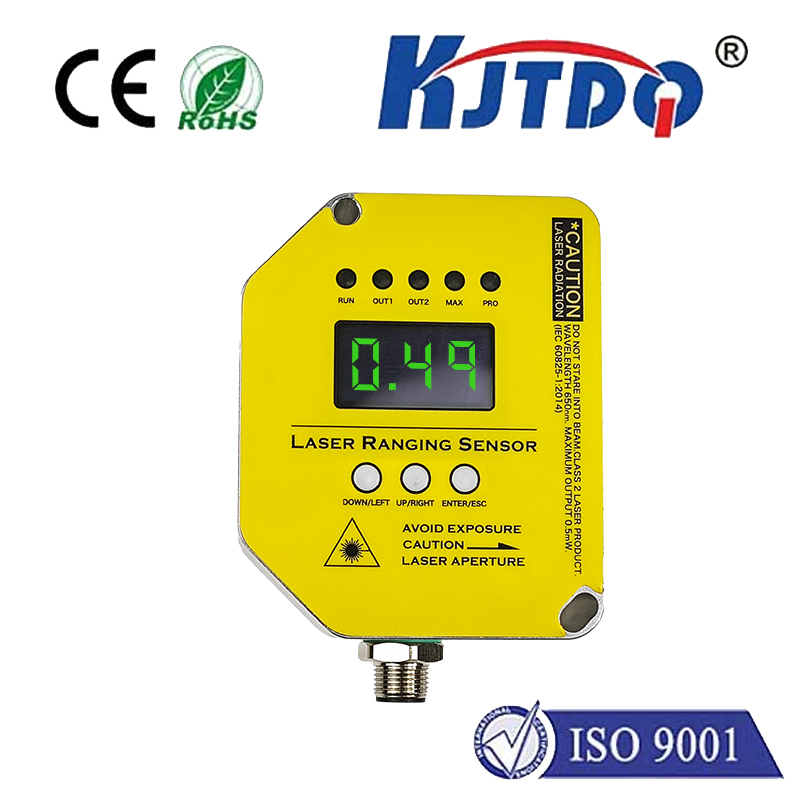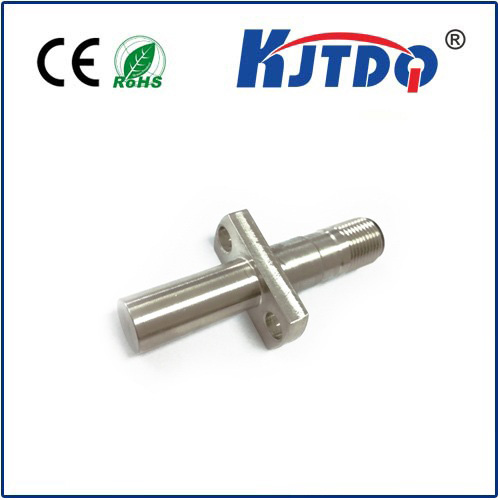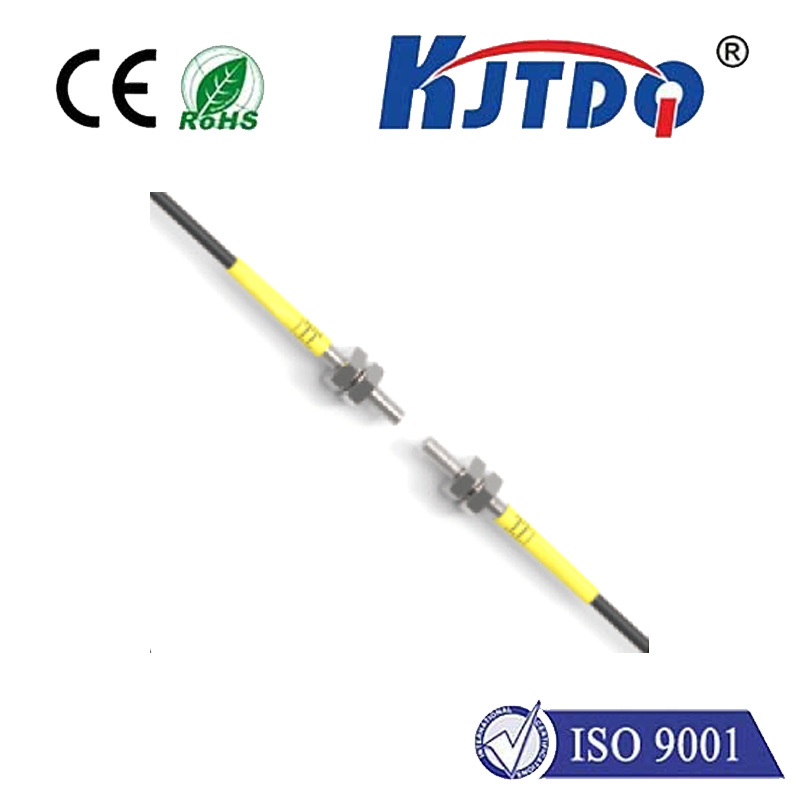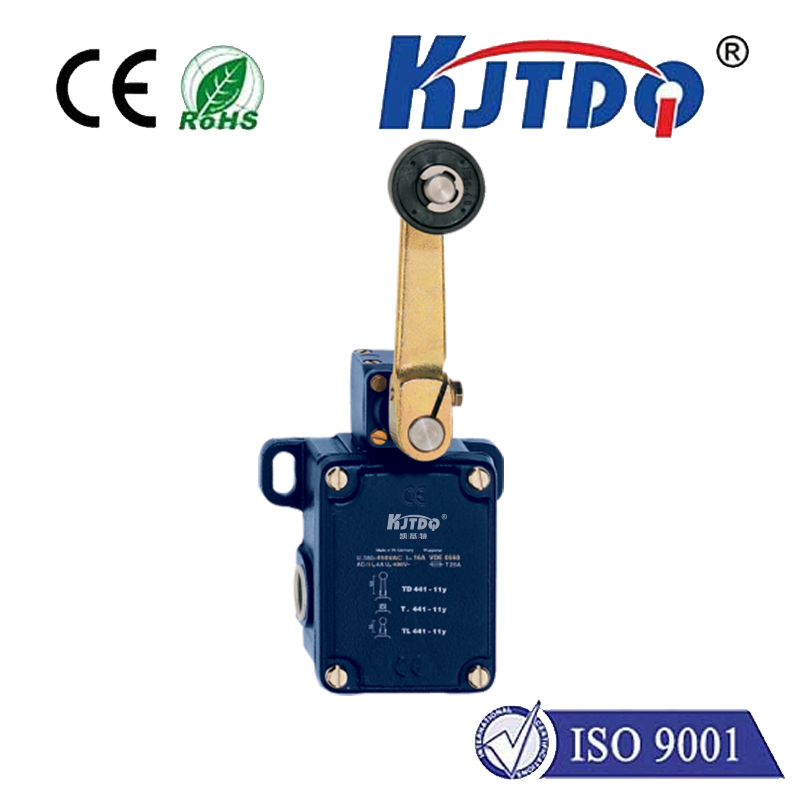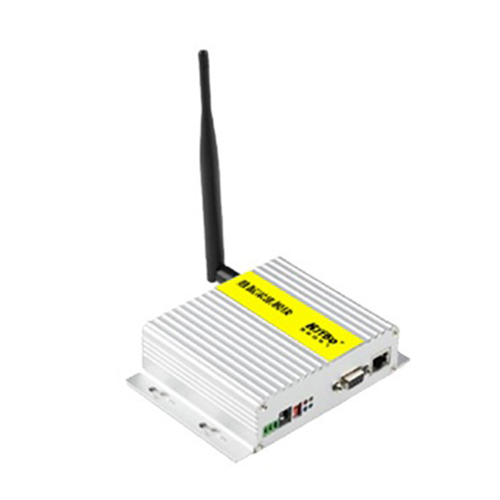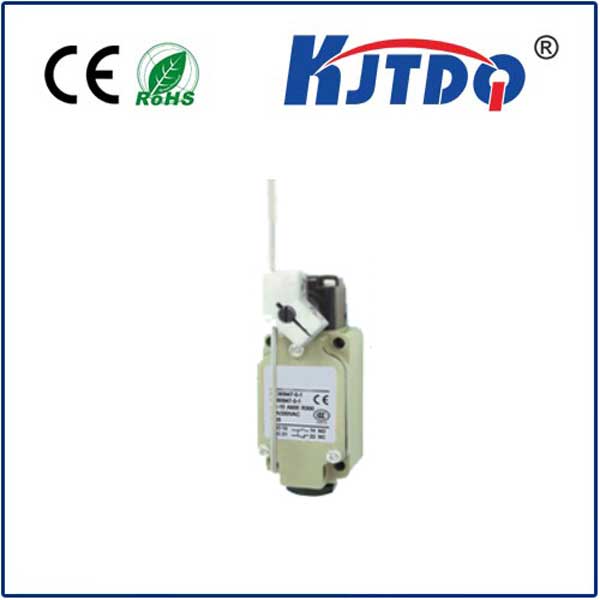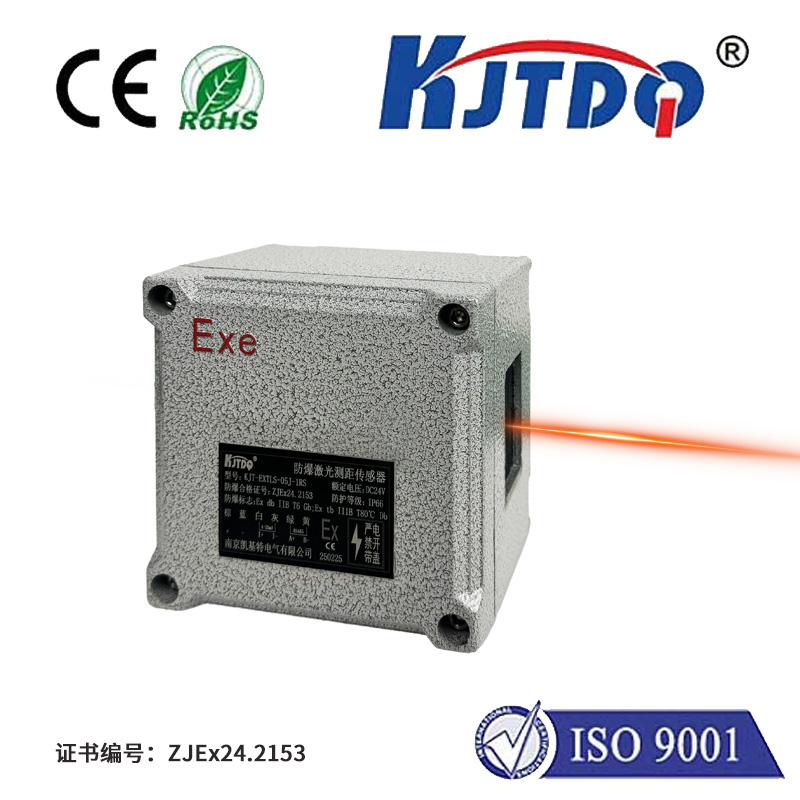rotary cam limit switch
- time:2025-07-30 13:26:01
- Click:0
Rotary Cam Limit Switches: The Unwavering Guardians of Industrial Precision
Imagine a massive overhead crane gliding silently, its hook stopping precisely inches above a delicate load. Envision a high-speed packaging line where fillers, sealers, and labelers activate in flawless sequence. Picture an automated assembly robot completing its intricate dance, ending its cycle at the exact millimeter every single time. Behind these feats of industrial harmony, often unassuming yet utterly critical, lies a workhorse of control: the rotary cam limit switch. Far more than a simple trigger, this robust device is the cornerstone of reliable position sensing, operator safety, and repeatable automation in demanding environments.
Demystifying the Mechanism: How Rotary Cam Limit Switches Operate
At its core, a rotary cam limit switch is an electromechanical device designed to convert rotary motion into precise electrical switching actions. Its operation is elegantly mechanical yet highly dependable:
- The Input: Rotary Motion: The switch is physically coupled to the moving part of a machine via a shaft. As the machine rotates (e.g., a crane trolley traversing, a valve opening, an assembly arm pivoting), this shaft turns the switch’s internal mechanism.
- The Brain: The Cam Drum: Mounted internally on this input shaft is a cylindrical cam drum. This drum is the heart of the positioning logic.
- The Programmable Logic: Adjustable Cams: Fixed onto this drum are several, typically hardened steel, adjustable cams. Operators or engineers meticulously position these cams around the drum’s circumference according to the specific positions where electrical signals need to be generated or interrupted. Precise angular positioning is key.
- The Output: Switch Actuation: As the drum rotates with the machine shaft, these strategically placed cams sweep past a series of microswitches or snap-action switches mounted stationary within the switch housing. When a cam lobe contacts the lever or plunger of a microswitch, it physically forces the switch to change state – opening (NO) or closing (NC) electrical contacts within the switch.
- The Signal: This contact change sends a definitive electrical signal to the machine’s control system – signaling “Position Reached,” “End of Travel,” “Sequence Initiate,” or “Emergency Stop Activated.”
Why Choose Rotary Cam? Compelling Advantages in a Harsh World

In an era dominated by sensors and electronics, why does this mechanical marvel remain indispensable?
- Exceptional Robustness & Durability: Built with heavy-duty materials like cast aluminum or stainless steel housings, hardened steel cams, and robust switch elements, these devices shrug off dust, dirt, moisture, oil, vibration, and impact that would cripple many electronic sensors. High IP ratings (e.g., IP65, IP67) are common, ensuring reliable operation outdoors or in washdown environments common in food processing, mining, or foundries.
- Absolute Position Awareness: Unlike incremental encoders that lose position on power loss, a rotary cam limit switch provides inherent mechanical memory. Its position is defined by the physical cam location on the drum. When power returns, it instantly knows its true absolute position relative to its set points – crucial for safety and restarting complex machinery without re-homing sequences.
- Overriding Reliability & Fail-Safe Operation: The direct mechanical action provides a positive break contact action. This is vital for safety-critical functions like emergency stops or end-of-travel limits. Even if the control system experiences issues, the physical cam will force the switch to activate, stopping the machine. Their simplicity often translates directly to enhanced safety.
- Multi-Point Control from a Single Unit: One single rotary cam limit switch, with its adjustable cams acting on multiple internal microswitches, can monitor and signal numerous distinct positions along a single axis of rotation. This consolidation reduces wiring complexity, saves panel space, and often lowers overall system cost compared to installing multiple discrete sensors.
- Resistance to Electrical Noise: Being fundamentally electromechanical, they are largely immune to the electromagnetic interference (EMI) and radio frequency interference (RFI) that can plague purely electronic sensors near variable frequency drives (VFDs), large motors, or welding equipment.
- Visual Indication & Tactile Setup: The physical presence of the cams allows technicians to visually inspect and tactilely verify the set points. Adjustments are mechanical, requiring tools but often no complex programming software. This eases maintenance and troubleshooting.
Where Rotary Cam Limit Switches Shine: Key Applications
Their unique blend of toughness, precision, and reliability makes them the preferred choice for:
- Material Handling: Overhead cranes (trolley traverse, hoist up/down limits), gantry systems, stacker cranes, conveyors (end stops, diverter positions).
- Valve Actuation: Monitoring fully open/closed positions of rotary valves (ball, butterfly) in process industries, often requiring hazardous area certifications.
- Packaging Machinery: Controlling the sequence of fillers, cappers, labelers, and case packers where multiple positions need triggering reliably at high speeds.
- Forest Products & Heavy Equipment: Position feedback on grapples, booms, winches, sawmill equipment – enduring severe shock, vibration, and debris.
- Assembly Automation: Defining start, stop, and intermediate positions for robotic arms, indexing tables, and linear actuators.
- Access Control: Signaling fully open/closed positions on large doors, gates, or barriers.
Beyond the Basics: Key Selection Considerations
Choosing the right rotary cam limit switch involves several factors:
- Number of Cams & Contacts: How many distinct positions need signaling? How many NO/NC contacts are required per position?
- Operating Torque: Ensure the moving machine can provide sufficient torque to rotate the switch’s shaft against friction and switch spring forces.
- Electrical Rating: Voltage, current (AC/DC), and contact configuration must match the load being switched (motors, solenoids, PLC inputs).
- Environmental Protection (IP Rating): Select based on exposure to dust, water, chemicals, temperature extremes, and potential washdowns.
- Housing Material: Aluminum for general use, stainless steel for corrosive environments or food/pharma.
- Shaft Style & Mounting: Shaft diameter, keyway/splin requirements, and robust mounting options ensure secure and accurate coupling to the machine.
- Repeatability: The precision with which the switch triggers at the same position every time.
- Adjustability: Ease of cam positioning and locking mechanisms.
A Testament to Timeless Engineering
While modern sensors offer incredible capabilities, the rotary cam limit switch endures as a fundamental pillar of industrial automation. Its mechanical certainty, imperviousness to harsh conditions, intrinsic safety features, and ability to provide multi-point control from a single, rugged package are unmatched attributes. In environments where failure is not an option, where dirt, vibration, or electromagnetic chaos reign, or where knowing an absolute position without question is paramount, these electromechanical sentinels continue to provide unwavering reliability. They are a powerful reminder that sometimes, the most effective solution is robust, straightforward, and brilliantly mechanical.












